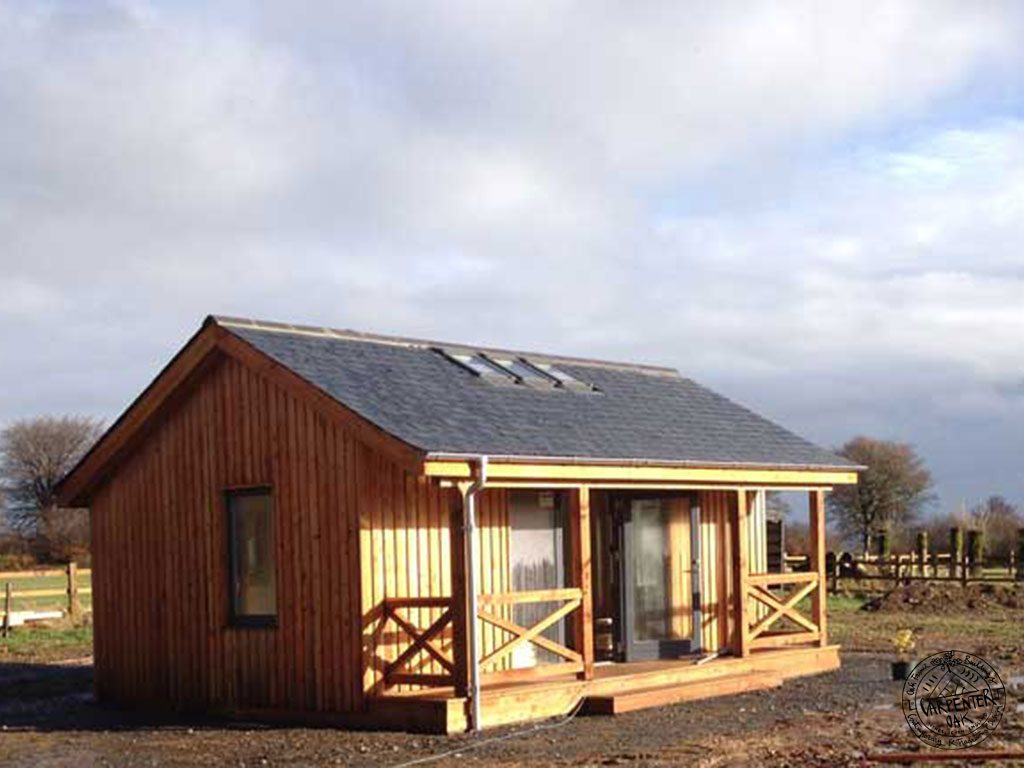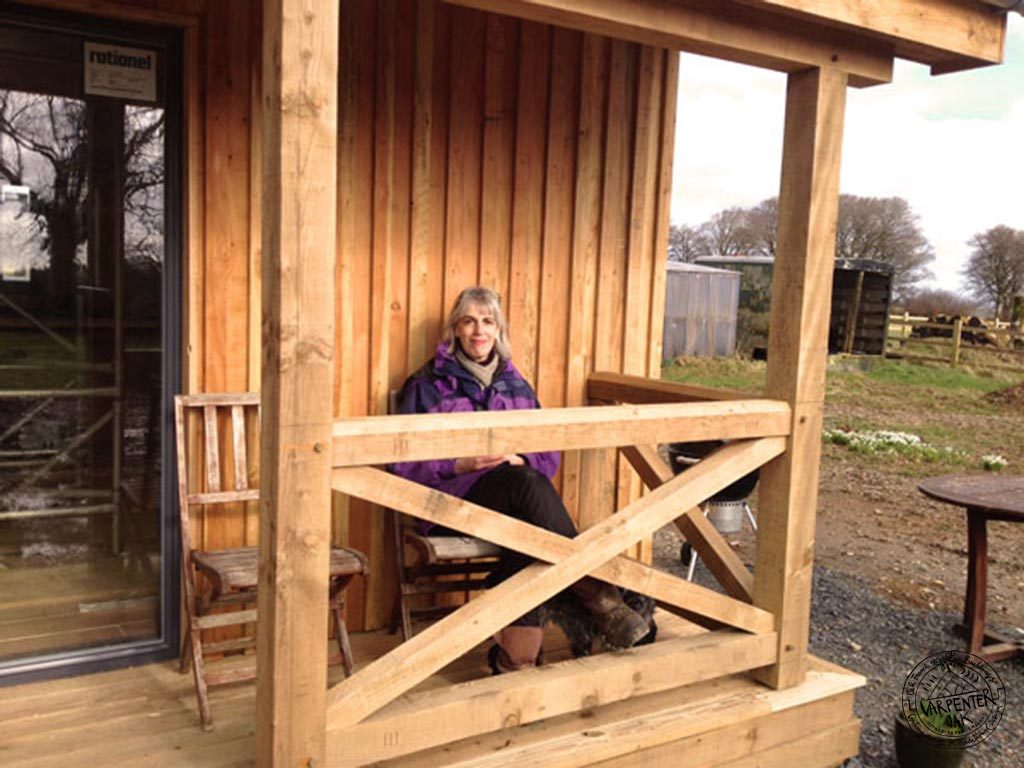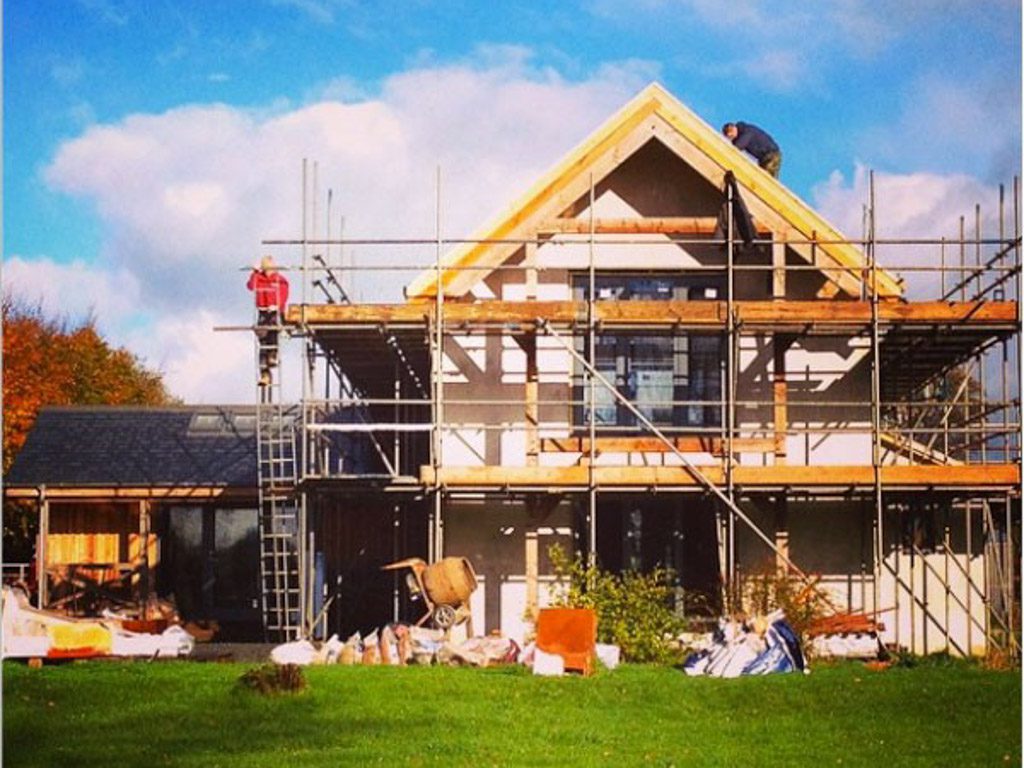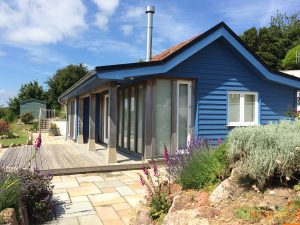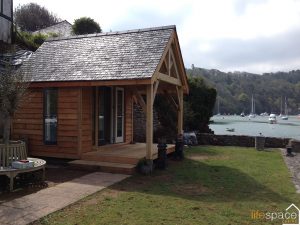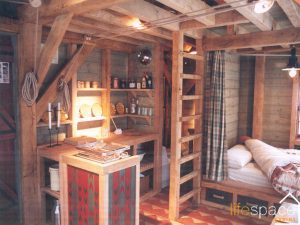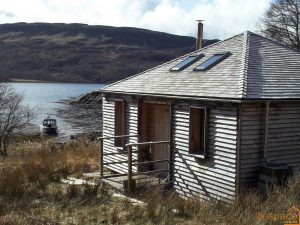Somewhere within us all is an instinctual desire to design and build our own space, individual to our needs and characteristics, a home away from home, an escape, a retreat. Many of us carry this desire with us into adulthood our wants and needs for this space evolving as we grow.
As a child I used to love making dens, under the dining table or clothes dryer, in the back garden under a tree or bush. Any small space was inspiration to build a place I could recognise as my own. An area for solitude whenever the mood took me, a home to share with my teddies, fairies, dog and my most trusted of friends.
I watch my children repeat this process, my 8 year old patiently sawing wood and hammering in nails to make a treehouse, an ever developing project abandoned and returned to at his whim. My 3 year old hiding under a duvet or building a home out of the sofa cushions with the help from her brother. Den building is one of their favourite pastimes, be it alone or working as a team.
Having spent time in my early twenties living in a van I can empathise with those looking for an escape, a place to experience a more simplistic lifestyle, a hideaway from life’s consumer culture, a more ecological way of existing. In the past, some of the more eccentric of us designed and built small, ecological, sustainable spaces to live. Fulfilling a desire to have less of an impact on the planet, to be ‘off grid.’ Working alone and in communities, these people realised their instinctual dreams. Designs varied, being built with a range of natural and salvaged materials. Often eccentric in their design and more suited to dryer, predictable climates, few of us could imagine living in a similar space in the UK.
However, some of the structures born out of this movement represented a more traditional cabin or tiny house structure that more of us are akin to. With social media documenting the recent tiny house movement in America now migrating to the UK as cabin culture, more of us are looking to fulfil the aforementioned instinctual desires.
The tiny house movement has grown from a desire to own an affordable, practical property. With ever increasing house prices and housing shortages, these small, often simplistic looking buildings offer accomplished design and architecture at the fraction of the cost of a traditional building. In some cases, you don’t even need planning to build your own beautiful, functional space. For more information on planning you can refer to the Planning Portal.
Cabin living lends itself to sustainable building. Often constructed from natural materials, predominantly durable wood such as oak, they mirror the natural world evoking the spiritual desire for more minimalistic and ecological living. They provide an eco-alternative to traditional building methods and are flexible, even transient in their design.
Carpenter Oak client Vickie Ward built a sustainable cabin before embarking on an oak frame off grid home. The cabin eventually became part of Vickie’s house but she was able to live in it whilst carrying out the works.
“For us as first time self-builders, having a small scale building to ‘learn the ropes’ has worked really well. The Cabin has allowed us to see the entire cycle of building a house on a small scale. Plus we get to have the fun and pleasure of living in a Carpenter Oak framed cabin designed by Roderick James Architects. No frustrating wait required! Will we be in by Christmas? Doesn’t matter! We’re here already!”
Vicki Ward
- Vickie’s Orginal Cabin
- Happy Vickie Ward
- Vickie Ward’s Cabin attached to House
Naturally, what each of us wants in terms of our own spatial design varies. For some, a cabin would be a place of retreat, somewhere to reconnect with nature, a grown up version of our childhood dens. A disconnect from the barrage of everyday life, a place to reclaim our sense of self and position in the universe. Perhaps it would be set in remote surroundings but for others a spot at the end of the garden would suffice.
Comparatively, some people have more practical needs, hence the current trend of ‘Shedworking,’ people working from cabin style buildings at the end of their garden. Workspace cabins offer an affordable and more eco-friendly alternative to the traditional office space. Commuting to work is no longer a worry, giving more family time, saving on travel expenses and dramatically reducing the carbon footprint of these workers. A clear line is drawn between work and home. The conflict of work and daily, family life that can come with working from inside your own home is no longer an issue. A workspace cabin could add value to you property but more importantly, it’s just more fun and productive to be working from you own functional, bespoke and beautiful space.
An office at the end of the garden is not the only practical use of a cabin. Growing families running out of space can find a solution with a spare room separate from the house. I myself dream of having a small, self-catering style cabin at the top of my garden. I envisage an oak framed cabin with an open plan living area, small kitchen unit and comfortable sofa. A double bed on a mezzanine would offer a cosy sleeping area and utilise the view through a little porthole window. I’d maybe add a couple of built in bunks on one wall where my niece and nephew could sleep. A little lean-to on the side would provide a compact, simple wet room with shower and toilet. It would be used for visiting family and friends and could also be let out to provide extra income. Actually, I may put the visitors in the house and move into the cabin myself and have a little mini-break in the garden.
We’re all used to hearing the phrase man-cave, well; men aren’t the only ones escaping for a little ‘me time’. The she-shed movement has begun, with sheds and cabins becoming the new space for hobby rooms or a retreat to share with friends. Designed to your own tastes there is the opportunity to be as eccentric (or not) as you like.
Cabin spaces have a wide variety of uses so whether you are looking for an eco-friendly, quiet, minimalistic retreat or high tech space to listen to music, read your eBooks or view your films, there will be a cabin space out there for you.
Grab your pencil and paper and start sketching up your designs, re-kindle your childhood, build your ‘den’, your imagination is all you need. Beautiful, practical architecture is available to everyone.
- Three Cliffs Bay Cabins
- Riverside Retreat Cabin
- The Foresters cabin
- Luxury Tree House
- The Bothy
